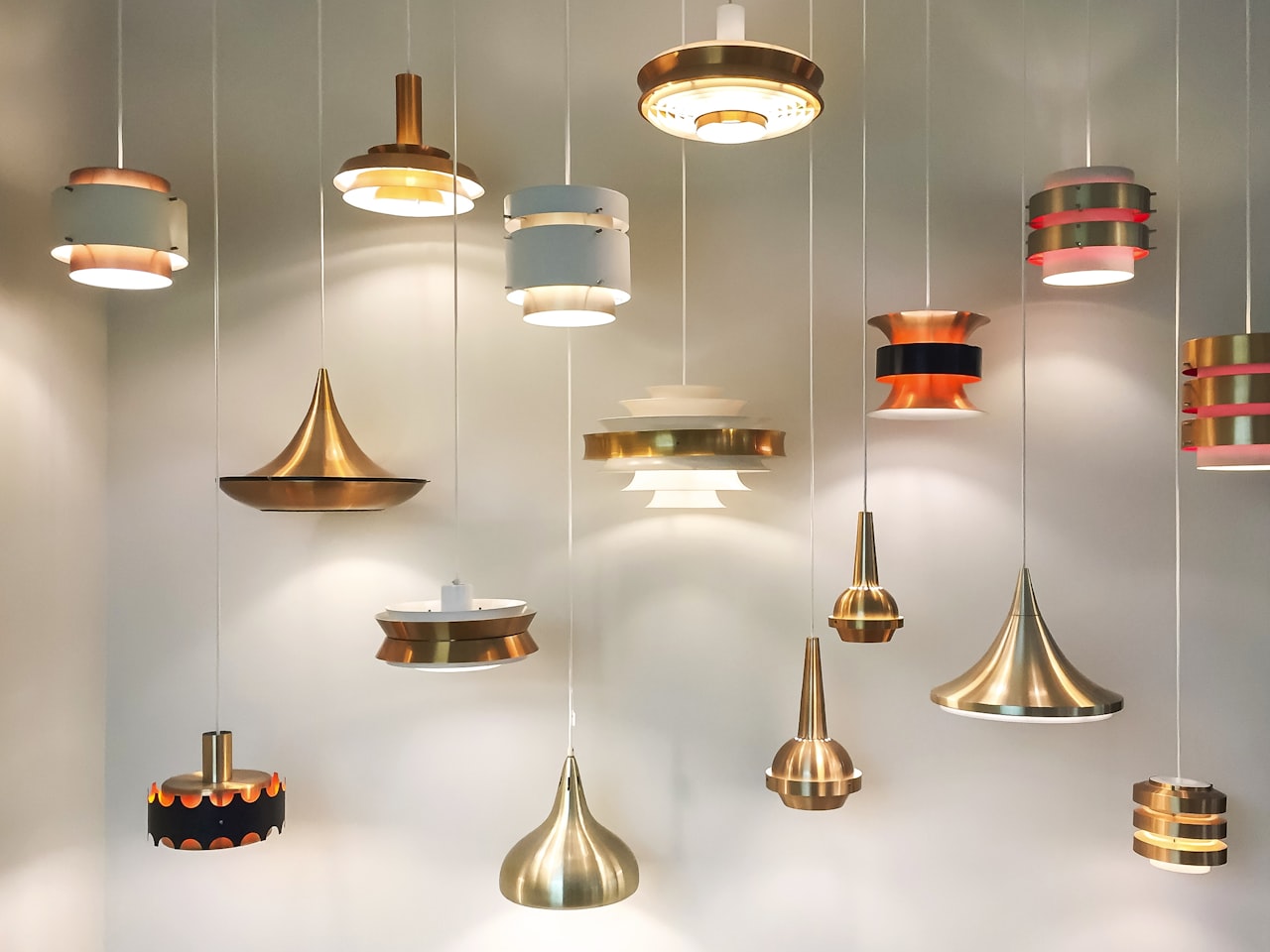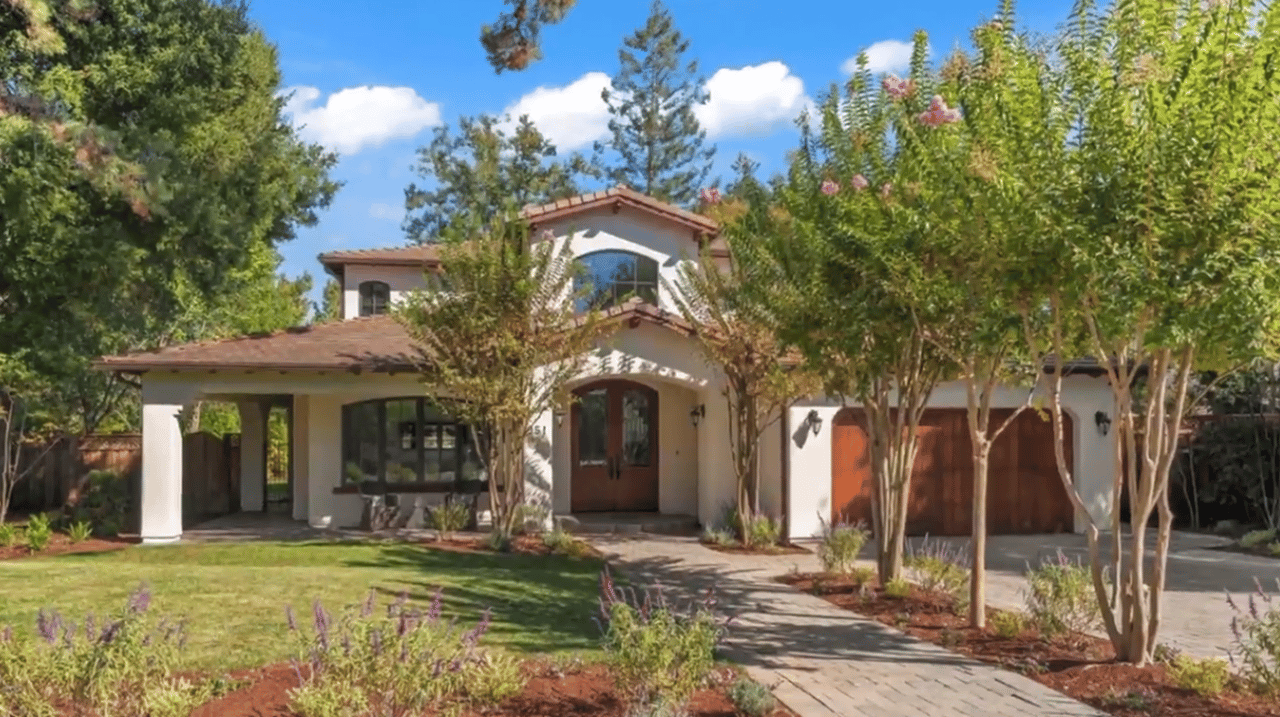Illuminate The Future: An In-Depth Guide To Smart Lighting
National Association of Realtors October 24, 2023
Buyer

National Association of Realtors October 24, 2023
Buyer

Smart technology is transforming our homes, and one of the most pervasive and practical examples of this is smart lighting. These systems have moved beyond the realm of a simple convenience, offering real estate professionals the opportunity to enhance property appeal, improve efficiency and foster a heightened sense of comfort and security for homeowners.
Smart bulbs are individual lights you can control using your smartphone or a hub device. They range from simple dimmable options to RGB bulbs capable of producing millions of colors. Brands like Philips Hue, Lifx and Sengled are leading the industry with an array of bulbs that fit a wide variety of sockets, ensuring there’s an option for virtually any light fixture in a home.
An exciting addition to the smart lighting family is LED light strips. These flexible, adhesive-backed strips can be attached under cabinets, behind TVs or along baseboards, adding an aesthetic flair to any room. They offer the same connectivity and control features as smart bulbs, including dimming, color changing and even syncing to music. Popular options include the Philips Hue Lightstrip and the Lifx Z Strip, both of which are perfect for creating dramatic lighting effects or soft ambient glows. Their ability to be cut to length and mounted virtually anywhere opens up endless opportunities for creative illumination throughout a property.
Smart switches are another option, replacing standard light switches. They can control the existing, regular lightbulbs in your home, offering smart functionality without the need to replace every bulb. Brands like Lutron and Belkin Wemo offer high-quality smart switch options.
The choice between smart bulbs and switches often comes down to your specific needs and the infrastructure of your home.
Smart bulbs offer more functionality and flexibility. They can change color, dim to any brightness level, and even sync with music or TV. However, smart bulbs can be more expensive per unit than regular bulbs, especially when outfitting an entire home.
On the other hand, smart switches can be a cost-effective solution for smart lighting in large spaces or rooms with many bulbs. They can turn any bulb, smart or not, into a controllable light. However, smart switches require more complex installation, often by a professional.
Smart lighting relies on a network connection to function. Most systems use Wi-Fi, but some use Bluetooth or even a specialized hub.
Wi-Fi–enabled lights are usually easier to set up, but they rely on a stable internet connection. Bluetooth bulbs don’t require an internet connection, but their control range is limited. Hub-based solutions, like the Philips Hue, create their own mesh network, allowing for efficient control and excellent response times, but they add an extra cost and complexity to your setup.
Smart lights can be controlled through various methods, including mobile apps, voice commands and even smart switches or remotes. Integration with AI assistants such as Alexa, Google Home or Siri is common and allows for voice-activated control—a powerful tool for accessibility and convenience.
Some systems also allow geofencing, which means lights automatically turn on or off based on your smartphone’s location. This can be a great way to ensure your lights are off when you’re not home, saving energy and cost, for example.
Benefits of Circadian Rhythm Lighting
One of the most exciting features of smart lighting is the ability to emulate natural lighting patterns, also known as circadian rhythm lighting. By adjusting the color temperature and intensity of the light throughout the day, these systems can help regulate our bodies’ internal clocks, improve sleep quality and boost our mood and productivity.
A host of research(link is external) suggests that aligning lighting with our natural biological rhythms can have significant health benefits. A home equipped with smart lighting that supports this feature could be a strong selling point for health-conscious buyers.
Smart lighting also allows for both fun and practical automations. For instance, you can create an “I’m home” scene that turns on specific lights when you arrive. Or set up a “movie night” scene that dims the lights and changes their color to provide the perfect ambiance. With a little creativity, the possibilities are nearly endless.
For a fun twist, integrate smart lights with other smart devices. For instance, lights can flash when your smart doorbell rings, or sync with your smart weather station and change color when it’s going to rain.
As we embrace the era of smart homes, the integration of smart lighting is an important consideration for real estate professionals. Not only does it increase the functionality and appeal of a property, but it also provides homeowners with energy efficiency, improved security and potential health benefits. Lighting is not just about visibility anymore. It’s about enhancing the quality of life, one bulb or switch at a time.
Adapting to this trend isn’t just about staying current. It’s about lighting the way toward a more sustainable, comfortable and convenient future in home living.
Stay up to date on the latest real estate trends.

Buyer
February 5, 2025

Lifestyle
February 4, 2025
Except for Canada’s famous sites and biggest cities, most American travelers — including travel writers — know very little about other places to see and restaurants to… Read more

Lifestyle
February 4, 2025
How many times a day do you touch your phone?

Lifestyle
February 4, 2025
Feeling low-energy?

Seller
February 4, 2025
There is more to homeownership than mortgage costs – indeed, a new data study published by Clever Real Estate determined the typical homeowner spends an average of $24… Read more

Seller
February 4, 2025
Nearly half (47.7%) of mortgaged residential properties were considered equity-rich in the fourth quarter of 2024, according to data from ATTOM.
We Guide Homeowners through the complicated process of selling their home using our 4 Phase Selling Process and 3 Prong Marketing Strategy that alleviates their stress and moves them effortlessly to their next destination. Schedule a 15 Minute Complimentary Strategy Session Today